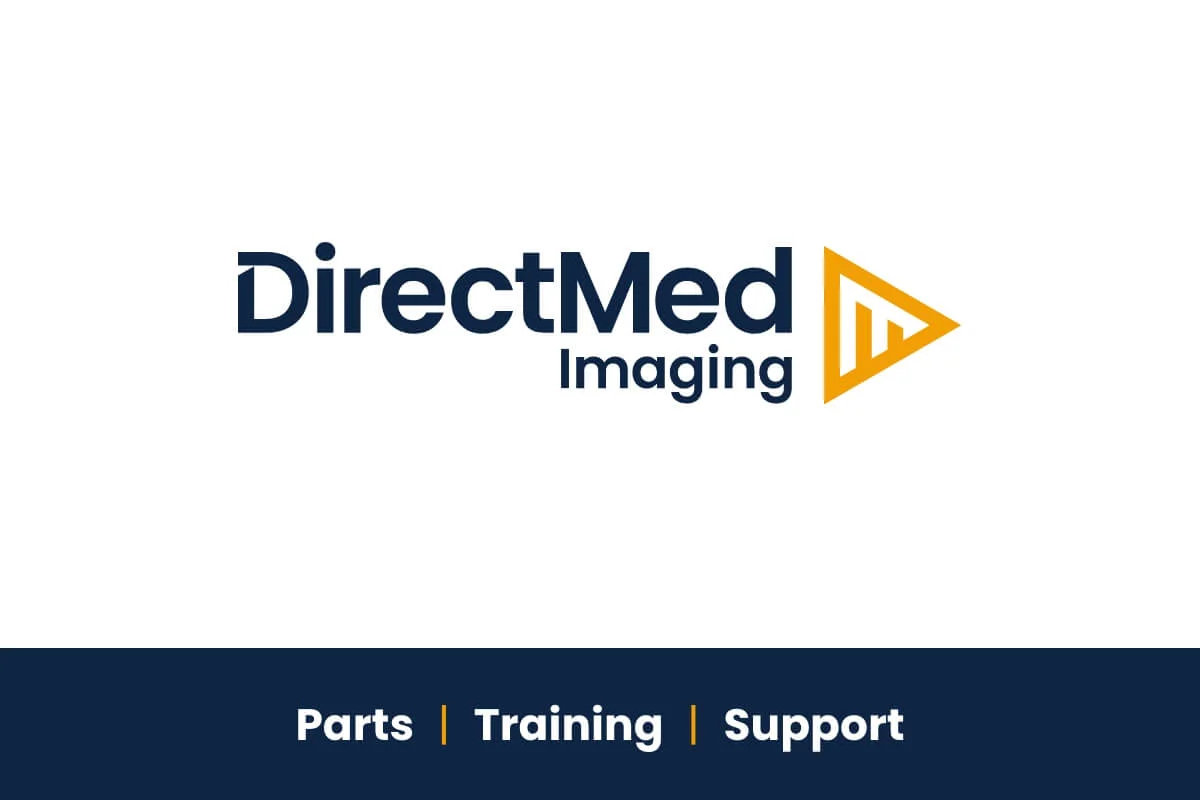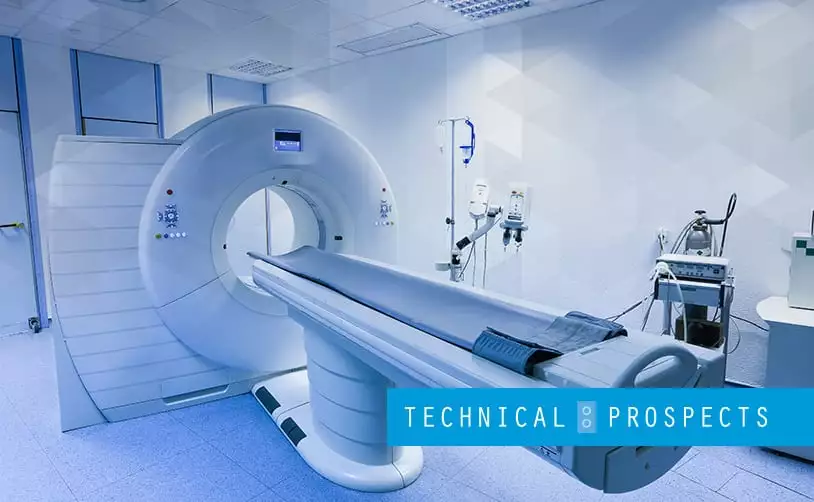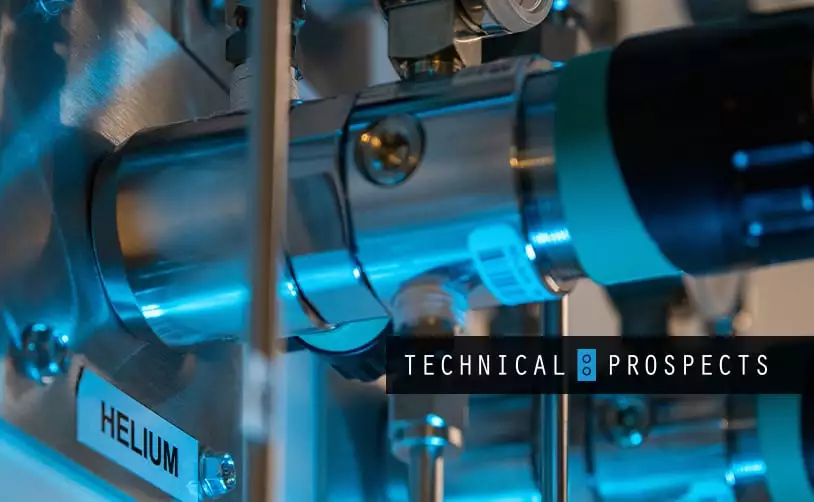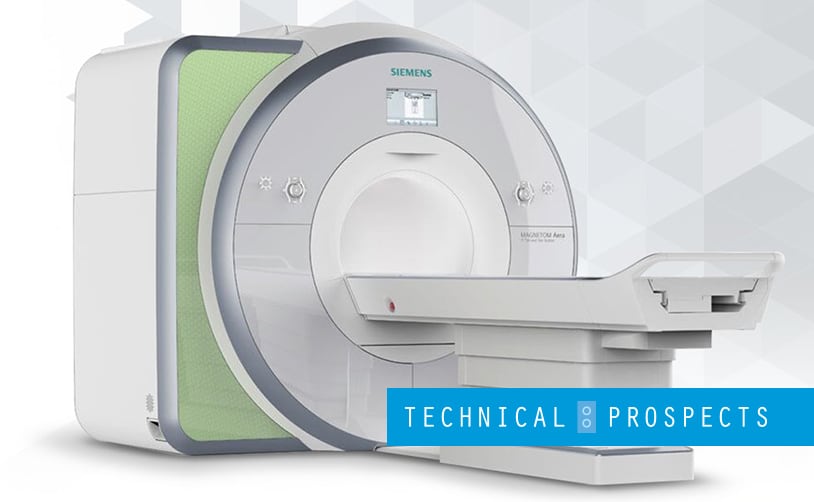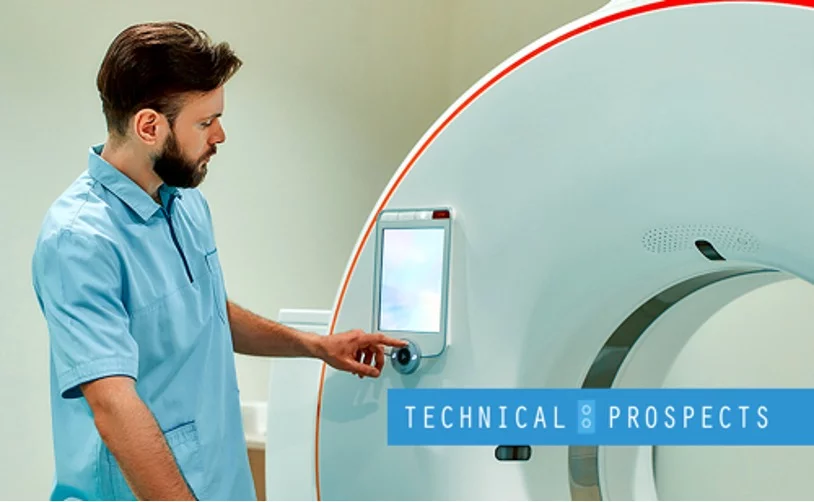CT scanners are valuable diagnostic tools. Compared to conventional x-rays, they can show more detail and create clearer images of organs, bones, and other tissues. Furthermore, as they can provide 3D images of specific body parts, they can also help detect certain conditions that x-rays cannot catch.
With that, it’s worth remembering that CT scanners are composed of many different components. These parts all have a role to play in the creation of 3D images.
To keep your CT scanners in tiptop shape, you will have to familiarize yourself with these components. Knowing their names and what they do will help you identify issues and find the right replacement when it comes down to it.
On that note, here are five key CT scan components that you must know of:
1. Slip Rings
Used in newer systems, these are electromechanical devices located at the diameter of the gantry. They contain wire brushes which carry continuous electrical supply that keep the scanner operating.
What’s also important to note is that it eliminates the need for long high-tension cables to the x-ray tube. In effect, this also removes the need to straighten twisted system cables. Ultimately, this allows the gantry frame to rotate continuously and make helical scan modes possible.
2. Generator
Situated on the rotating frame in the gantry, generators are small devices used to produce high voltage and transmit it to the x-ray tube. These components are crucial in producing intense x-ray beams and ensuring high-speed scanning.
On that note, you should know that modern generators now come with new features that enable them to adjust and optimize radiation output in real-time.
3. Cooling Systems
CT systems, especially modern multi-slice units, usually accommodate up to 100kW of tube power. For this reason, cooling systems are necessary to keep the equipment from overheating. They also help preserve its different components that can otherwise be affected by fluctuations in the temperature.
These cooling mechanisms are located inside the gantry and often take different forms. Some can be blowers and filters while others are devices facilitating oil to air heat exchange.
4. X-Ray Tubes
These tubes are essentially energy converters. They receive electrical energy and convert it into x-radiation and heat. Ultimately, the x-ray photons they emit are the ones responsible for creating the CT images.
5. Compensating Filters
These components are primarily used to balance the densities on an image and limit the primary beam during specific examinations. As a result, they help minimize image artifacts in the final image.
Most importantly, they are responsible for shaping the x-ray beam and long-wavelength x-rays. These long-wavelength x-rays do not contribute to the CT image at all; what’s worse is that they do increase the radiation dose that patients receive.
Considering this, compensating filters play a key role in not only improving the quality of images produced but also in protecting the patients from unnecessary radiation exposure.
Conclusion
CT scanners are immensely helpful when it comes to diagnosing patients and identifying their course of treatment moving forward. They provide clear images that healthcare providers can rely on when it comes to assessing their patients’ health.
On that note, it pays to remember that these pieces of equipment are made up of different parts that all work together. Understanding each component will help you in their upkeep and maintenance. Ultimately, this will enable you to deliver uninterrupted care for your patients.
Direct Med Parts is your reliable supplier of CT parts in the US. As one of the largest equipment and parts suppliers across the states, we have a full line of tested CT parts ready to be installed anytime. Get in touch with us today for your equipment needs!
